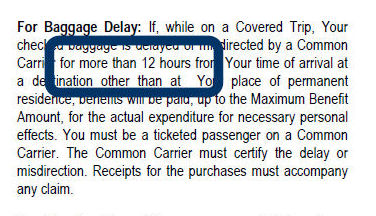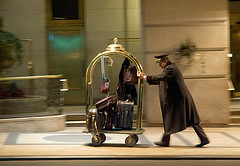 This week’s question of the week asks whether you think it’s more important to have travel medical coverage if you’re a certain age, say 60 or 70, rather than if you’re somewhat younger, say 30 or 40?
This week’s question of the week asks whether you think it’s more important to have travel medical coverage if you’re a certain age, say 60 or 70, rather than if you’re somewhat younger, say 30 or 40?
Is age really a factor in determining whether you get travel medical coverage or not?
Please leave your comments and share your story below.







